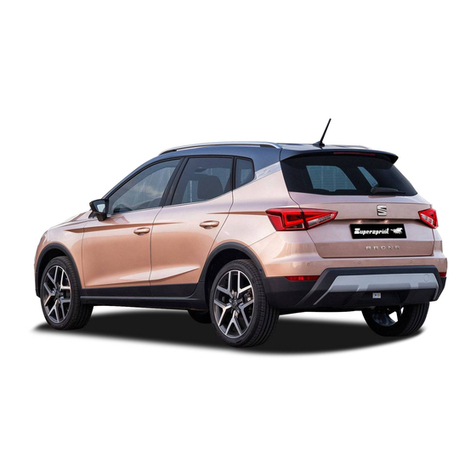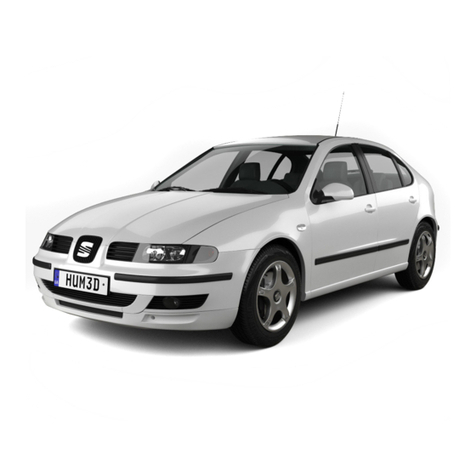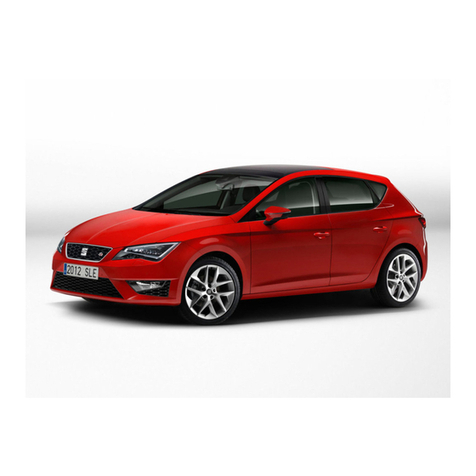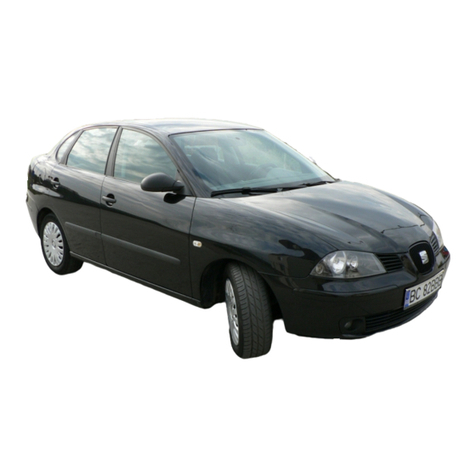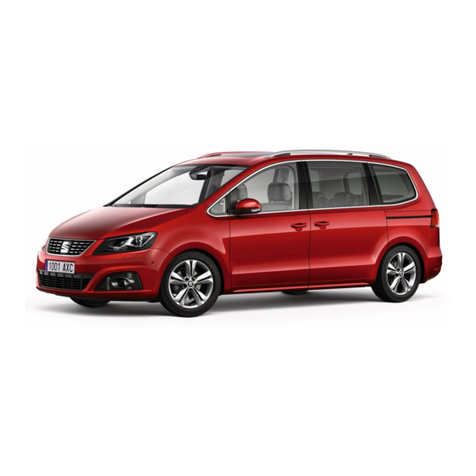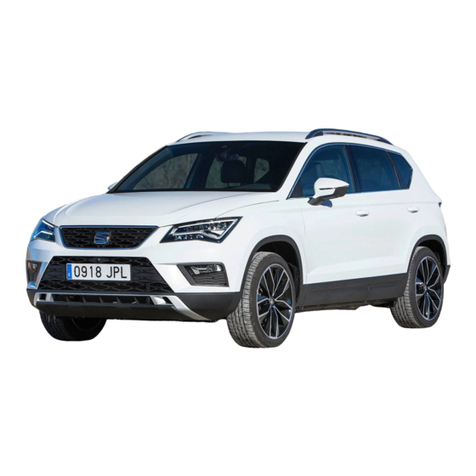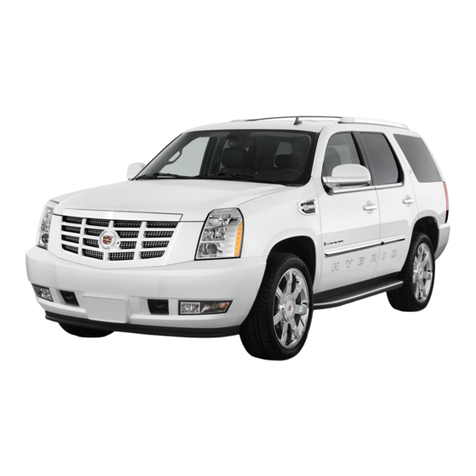
TECHNICAL MANUAL LEON CUP RACER
2 de 44
Table of contents
1TECHNICAL INFORMATION........................................................................................... 4
Leon Cup Racer Display............................................................................................ 41.1
Dimensions and weights............................................................................................ 51.2
Body shell .................................................................................................................... 61.3
Powertrain.................................................................................................................... 71.4
Rim & Tire.................................................................................................................... 91.5
Electronic units............................................................................................................ 91.6
2DRIVERS CONTROL ...................................................................................................... 11
Main console............................................................................................................. 112.1
Steering wheel module............................................................................................ 112.2
Gear lever functions................................................................................................. 142.3
Standing start procedures....................................................................................... 152.4
Speed limiter system................................................................................................ 152.5
Driver has to consider.............................................................................................. 162.6
Display alarms and shift lights................................................................................ 122.7
3DISPLAY & FUSE BOX................................................................................................... 17
Display alarms and shift lights................................................................................ 183.1
Data acquisition analysis......................................................................................... 193.2
MXG channel expansion scheme.......................................................................... 203.3
Fusebox ..................................................................................................................... 223.4
Auxiliary connectors................................................................................................. 243.5
4SETTING ADJUSTMENTS............................................................................................. 26
Car delivery set-up................................................................................................... 264.1
Steering rack centring.............................................................................................. 274.2
Suspension adjustments......................................................................................... 274.3
Front Camber and Toe adjustment........................................................................ 274.4
Rear Camber and Toe adjustment ........................................................................ 284.5
Dampers..................................................................................................................... 294.6
Antiroll bars................................................................................................................ 314.7
Kinematics................................................................................................................. 324.8
Brakes........................................................................................................................ 344.9
Aero............................................................................................................................ 344.10




